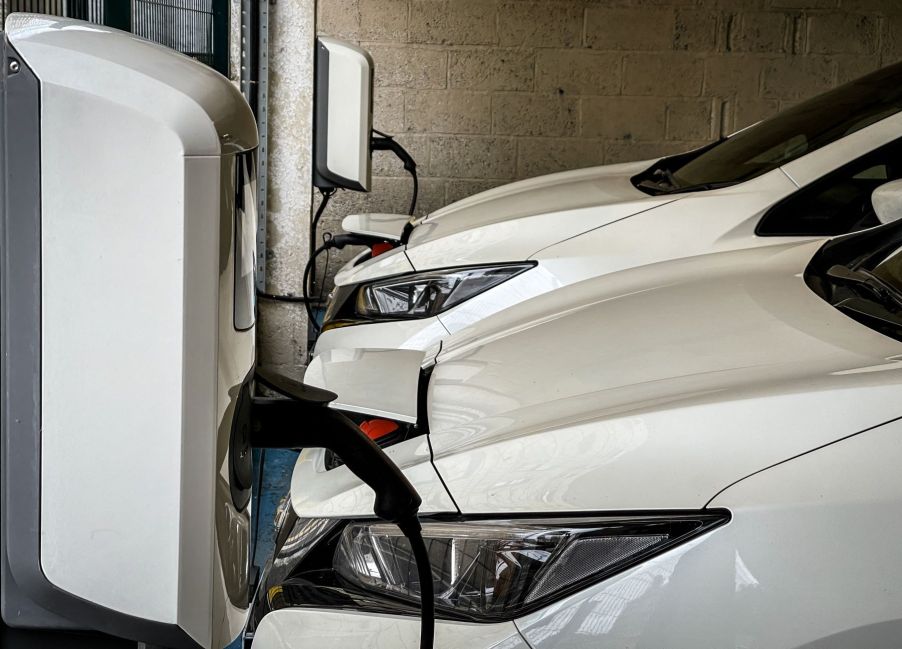
The ‘EV Charger’ on Your Garage Wall Isn’t Actually a Charger
The auto industry is currently undergoing quite a massive change in its priorities. As consumers seek to be more environmentally conscious, auto manufacturers are meeting those needs by announcing and releasing new electric vehicles (EVs). Perhaps the most significant difference between owning an EV and a traditional car using an internal combustion engine is that the EV requires regular charging to keep the vehicle operational. To make ownership of an EV easier, manufacturers typically include an at-home charger when purchasing the car. However, this charger is technically not a charger but an electrical vehicle service.
What exactly is an electrical vehicle service?

So, you get a new electric vehicle and an at-home wall charger installed into your garage, and now you’re reading that it’s not actually a charger, well then what is it? While everyone, including the company you purchased your vehicle from, may call it a charger, it is, in fact, an electrical vehicle service or supply equipment (EVSE). To put it simply, it’s an intelligent AC adapter that supplies power to the actual charger, which is located in your vehicle.
The EVSE you may have installed at your home is an important part of the safety necessities for owning an EV. There are many EVs currently out on the market and even more announced or rumored for future releases, all of which may have different charging requirements. To combat these varied requirements, the EVSE communicates with the charger and vehicle to determine the maximum current that can be supplied to the car. In addition, EVSE can detect if a cable is not connected properly to prevent power from flowing through it unnecessarily.
Levels of EV charging
Charging an EV can be as simple as plugging in the connector to your car and waiting. However, there are some intricacies involved. Charging an EV comes with three distinct levels of charging. According to CNET, Level 1 charging is the simplest and the typical level of charging EV owners will have at their homes. This charging level is pretty slow and can only charge at around 2-3 miles of range per hour. Level 1 charging can utilize any typical home outlet.
Level 2 charging supplies a higher voltage of charging and can be plugged into a 240-volt dryer outlet. This level of charging is a significant improvement in speed as it can provide 12 to 60 miles of range per hour of charging. Level 2 chargers are perfect for EV owners who are frequent long-range drivers and need a topped-up battery overnight. Some areas require permits for Level 2 chargers to be installed.
The third and final charging level is not typically found in consumer homes due to the type of wiring it requires. Level 3 charging is most likely located at car dealers or charging networks, such as Tesla’s Superchargers. Connecting your EV to a Level 3 charger can quickly charge the battery at rates of 3 to 20 miles per minute. These chargers are ideal for people already on the road who need more juice for their trip.
How do public chargers work?
First-time EV buyers may wonder how charging works when not at home. First things first, you need to find a charging station. Sometimes, these are located at car dealers, grocery store parking lots, and parking garages. Once a charging station is located, simply pull into the dedicated parking space and connect the charging cable to the vehicle’s charging port.
Charging rates depend on the level of charging (typically Level 2 or Level 3). If you’re lucky, you may find a Level 2 charging station that is free of charge, but Level 3 is almost always a paid service. Most charging stations will allow you to use a mobile app to pay, although some accept card swiping as well.
If you’re on the road and in need of a charge, it is recommended to only charge your battery to 80% capacity to preserve the battery’s life.


